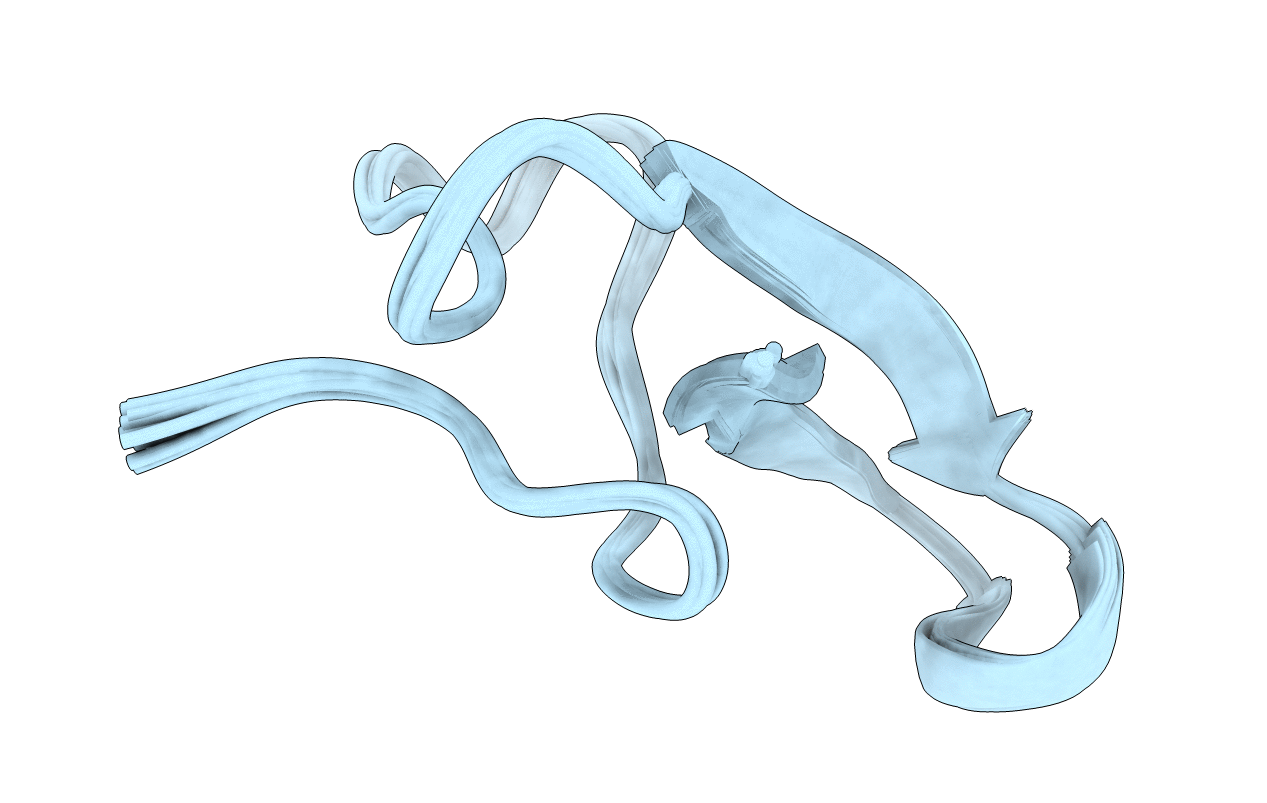
Deposition Date
2014-06-27
Release Date
2014-11-05
Last Version Date
2024-10-30
Entry Detail
PDB ID:
2MQU
Keywords:
Title:
Spatial structure of Hm-3, a membrane-active spider toxin affecting sodium channels
Biological Source:
Source Organism:
Heriaeus melloteei (Taxon ID: 504442)
Host Organism:
Method Details:
Experimental Method:
Conformers Calculated:
200
Conformers Submitted:
20
Selection Criteria:
target function


